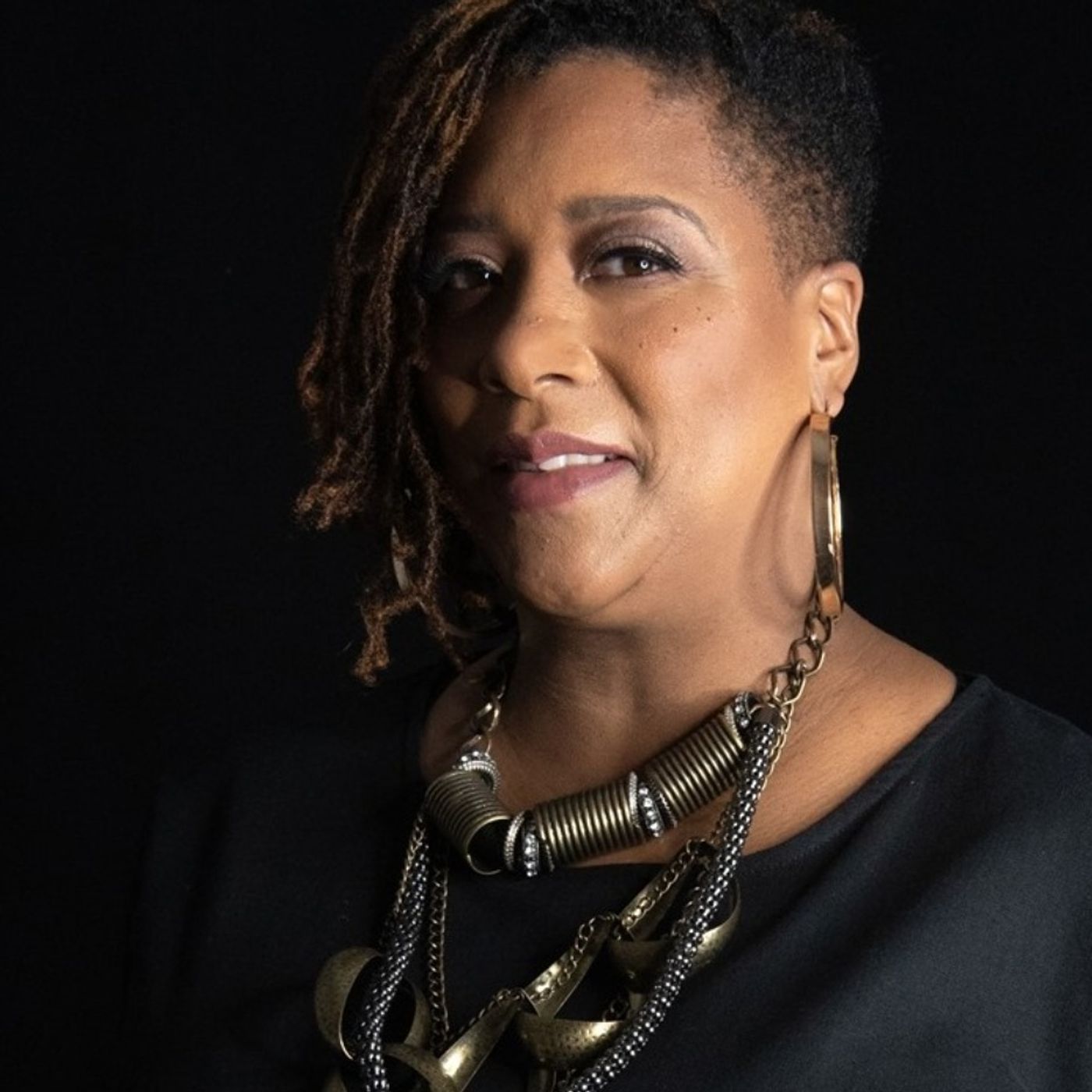Find out more about The Sisters B!
Sierra
https://www.instagram.com/sierraburrell/Sierra
Sierra's IGTV interview with Erica of My Body Model: https://www.instagram.com/tv/CFQcQ8BgKkH/
Sierra is excited to sew up some garments for fall that she sketched and planned. She used My Body Model to customize a croquis and the Seamwork Design Your Wardrobe series to plan out my makes. The blog post is here: https://www.mybodymodel.com/wardrobe-planning/chic-easy-fun-my-fall-sewing-plans/
Sone-Seere
https://www.instagram.com/jusre/
Sone-Seere is taking on a few new challenges including making a coat and some jeans for the first time. She also wants to finish some quilts she’s started. On the horizon for 2021 is a vision she has to start some beginner sewing classes for small groups in her studio.
Support the Stitch Please podcast and Black Women Stitch
$15 to the Paypal account for a Black Women Stitch lapel pin! DM or email your mailing to address for free shipping. You can also pay with Cash App
Sustained support also appreciated here:
For as little as $2 a month, your Patreon support means a lot: Join here Patreon
Sign up for the Black Women Stitch quarterly newsletter
Check out our merch here
Leave a BACKSTITCH message and tell us about your favorite episode.
Join the Black Women Stitch Patreon
Check out our Amazon Store
Stay Connected:
YouTube: Black Women Stitch
Instagram: Black Women Stitch
Facebook: Stitch Please Podcast


